I think of file descriptors as (indirect, higher-level) pointers to opaque file objects maintained by the kernel.
Normally, when you deal with objects maintained by a library, you pass to the library pointers to objects that you're not supposed to dereference and manipulate yourself.
For kernel objects, this it's not just that you're not supposed to manipulate them yourself -- you literally can't because they live in a different address space that's not at all accessible to you. And because they live in a different address space, pointers wouldn't be a meaningful way of referring to them.
You need a token or handle which the kernel would internally resolve to a pointer that's meaningful in the kernel address space. File descriptors are such tokens in integer form.
For the kernel:
your_process_id + your_file_descriptor => kernels_file_object_pointer
(or an EBADF error if a given filedescriptor may not be resolved to a file object pointer for the given process)
